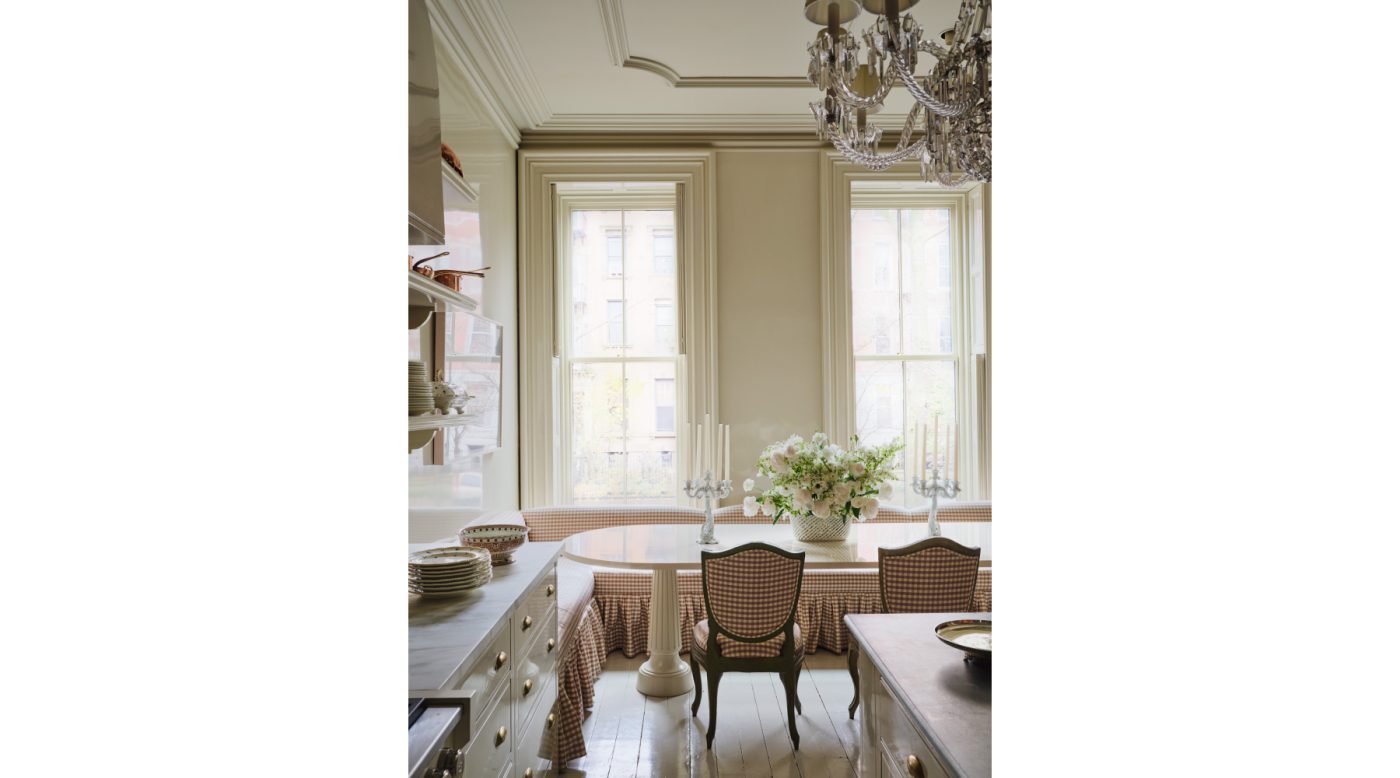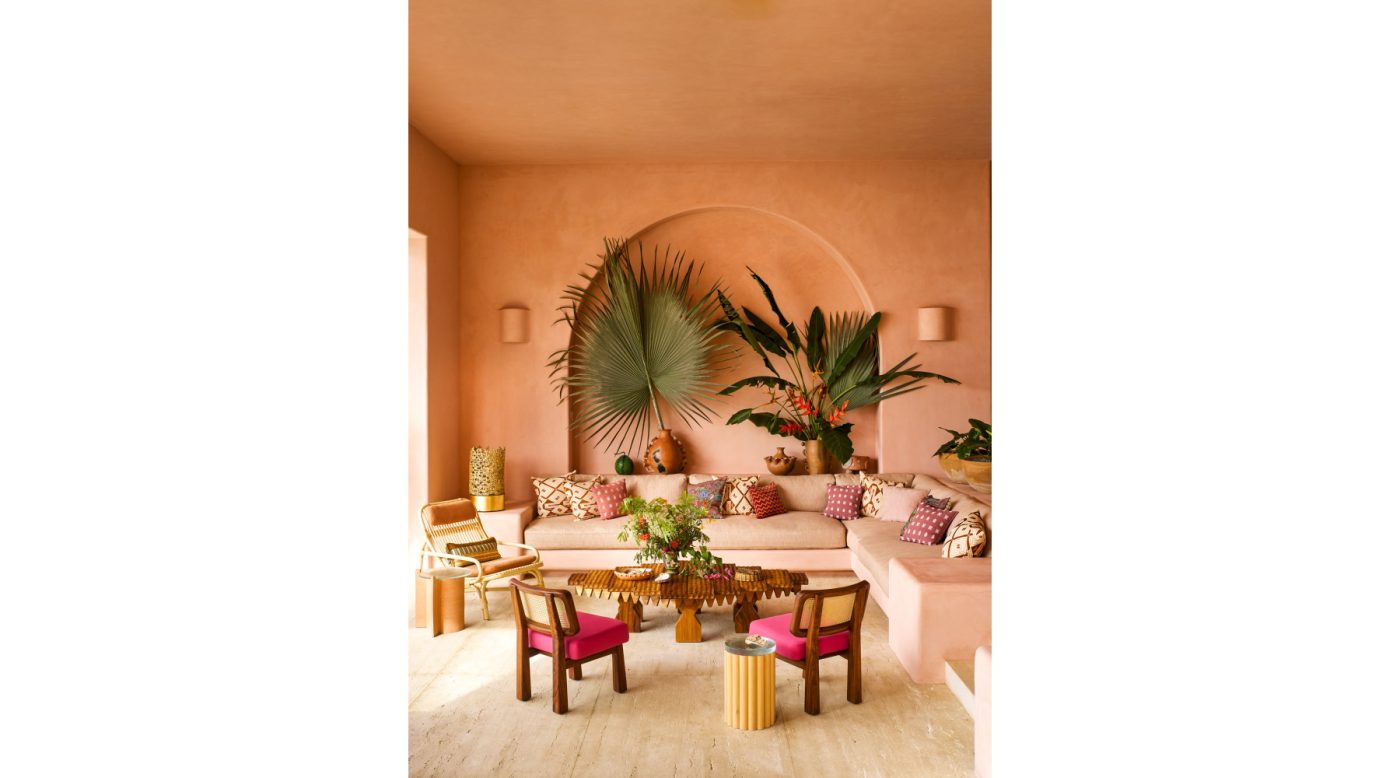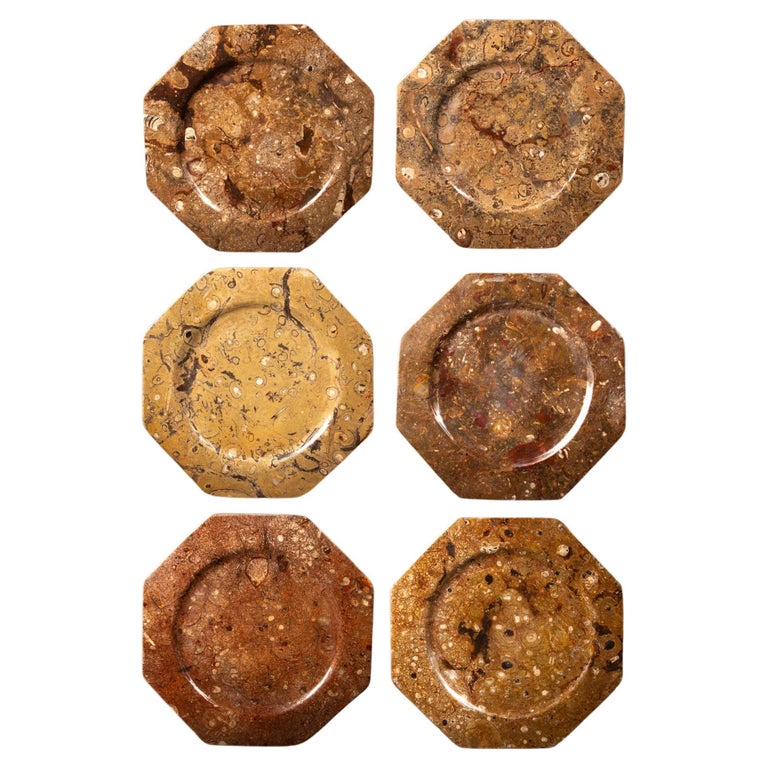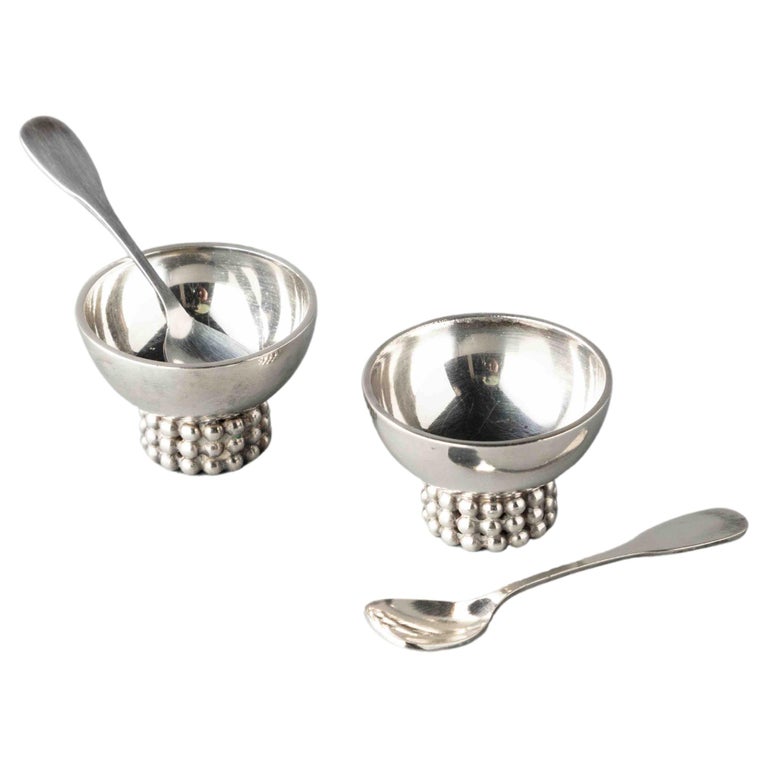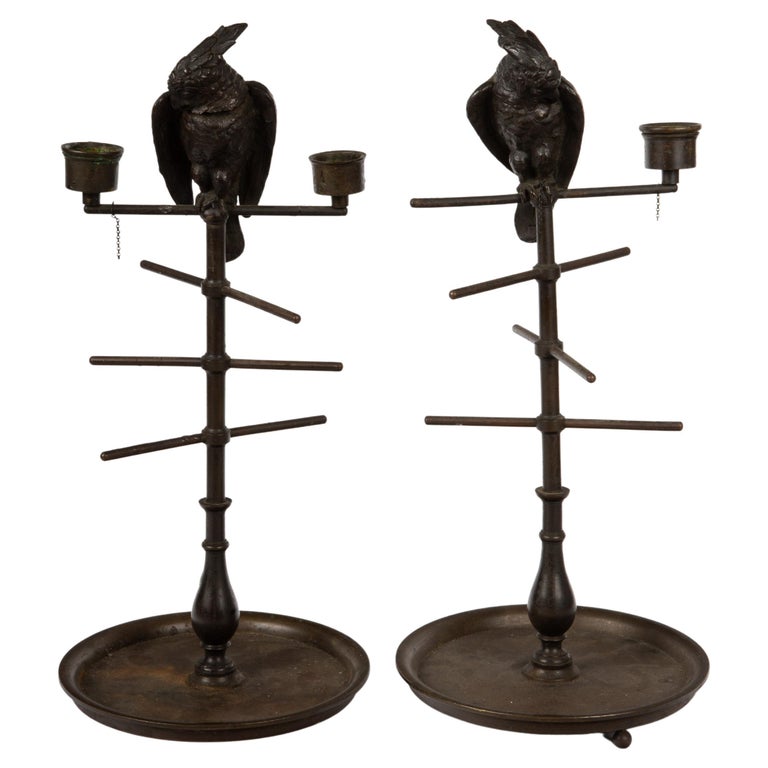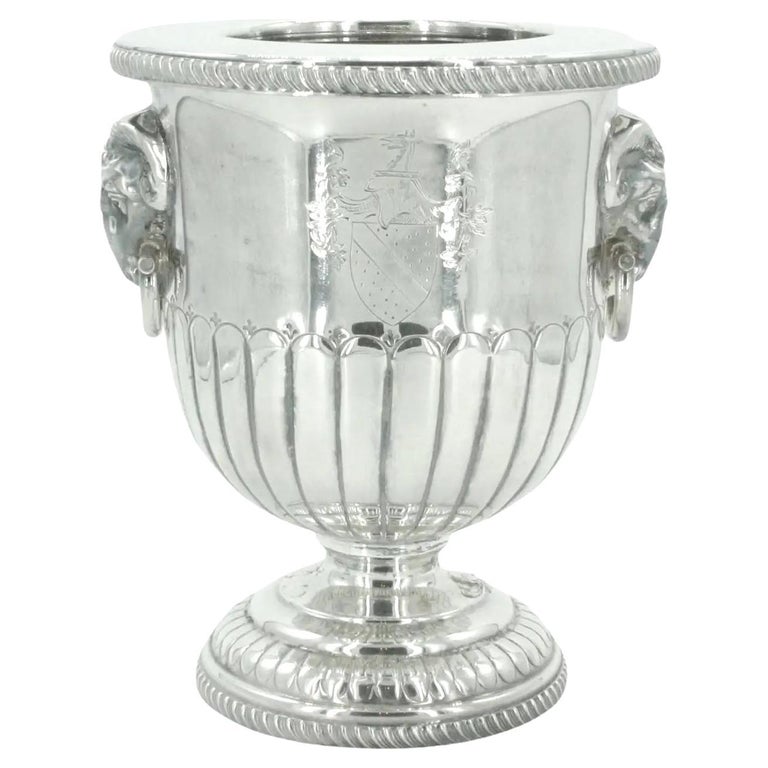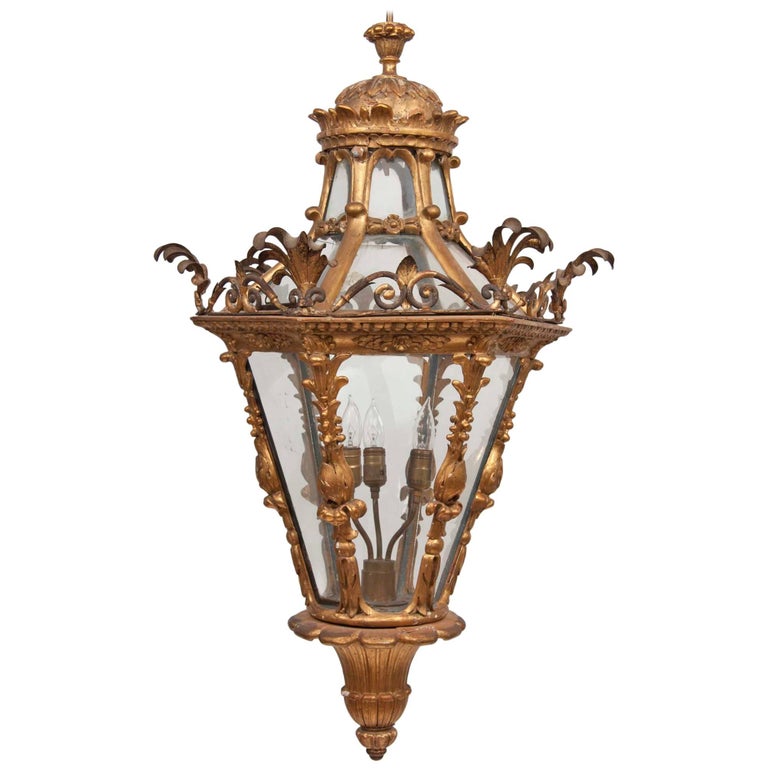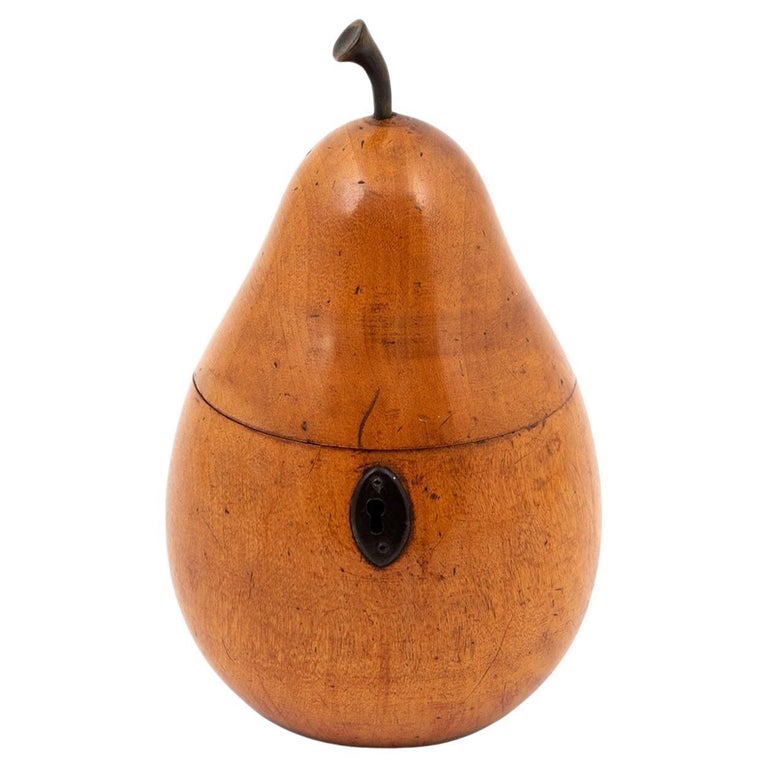December 1, 2024Watching stylist Mieke ten Have set a table will make you want to get rid of all your plain white plates. “I think people are afraid of color,” she says. “I think people are afraid of working with pattern.” She fears neither.
Ten Have confidently uses color, deftly mixes patterns and crafts unexpected floral arrangements, creating lovely environments with a lived-in quality. Creases in linens have not been steamed into submission, and a wild leafy branch in a vase might be past its prime. For ten Have, the goal is not perfection. After all, she says, “we don’t live in a catalogue.”

Her singular aesthetic and approach have made her a sought-after stylist, and her new monograph, Interiors Styled by Mieke ten Have (Vendome), features some of the exceptional spaces she’s zhuzhed up for designers like Summer Thornton, Billy Cotton and Wesley Moon. Ten Have sees styling as a collaborative process and thinks designers value working with someone with a different point of view. As she writes in her book, “I think the term stylist is a nebulous and often confusing one. What I’d rather tell people is that I am a storyteller of sorts, always seeking to conjure emotion in rooms using objects, flowers, colors and patterns as my tools.”


When styling designer Sara Story’s Gramercy Park, New York City, home, which is included in the book, ten Have topped the dining table with massive, vibrant dahlias, playing off the colorful Kati Heck painting on the wall. “There is probably no one I trust more with a space — most of all my own home — than Mieke,” Story says. “She has such a unique vision, and no one in this industry can create flower arrangements that truly look like works of art.”
Ten Have started out in the magazine world, working as the home editor at Vogue and the design editor at large at Elle Decor before transitioning to a robust career as a stylist. It was on an Architectural Digest shoot for a Sheila Bridges project in 2021 that she met photographer Frank Frances, who shot the principal images for the book and has become a close friend and collaborator. Frances says he’s been impressed by her vision, her depth of knowledge — and her flower garden. “Mieke sees me as a cocreator,” he says of his role in the book. “That’s what made it so special. We were creative partners in the process.”

Ten Have’s magazine background is evident in her work. “When I style, I come to it from an editorial point of view and perspective,” she says. “I think what I do for clients is tease out a story from a space and a narrative from a room.”
To get a sense of how ten Have tells these visual stories, Introspective went along as she set a holiday table in the home of Emily and Charles Rockefeller, in Westchester County, New York, which was also photographed by Frances. Emily, who, like ten Have, was an editor at Condé Nast, says they have friends in common but she discovered ten Have’s work on Instagram: “When I looked at her aesthetic, it really matched what I grew up with and what felt comfortable and homey to me.”

In setting a table, ten Have always begins the same way. “It’s funny, I think of tables the same way I think of rooms,” she says. “I always start with fabric. It gives you a framework apropos of color. It can be a foil or something that moves you in a certain direction.” For the Rockefellers’ dining room, instead of using a tablecloth, she spread fabric by Manuel Canovas over the table. She liked that it had a different density and scale than the Pierre Frey Braquenié fabric of the curtains flanking the fireplace, (which cover not windows but doors to other rooms, including one to which the couple retires with guests for after-dinner drinks). The fabric on the table also complemented the chairs, recently reupholstered in a Zak + Fox fabric. The chairs had belonged to Charles’s maternal grandparents, Senator Charles Percy, and his wife, Loraine, who often entertained in their Washington, D.C., home. The 19th-century giltwood-and-tole light fixture hanging over the dining table is from 1stDibs. Emily purchased it before she knew where she would put it. “If you love something, buy it, because you’ll find a place for it,” she says.
When it comes to putting together the rest of the table, “I somewhat have a formula,” ten Have says. “I like to have two patterns and one solid. The patterns should have a different scale and energy to them — like a dense floral and larger geometric pattern.”
Ten Have describes herself in the book as a “plate hoarder,” and she gravitates toward colorful, intricate patterns. “For me, it’s like anything else — I like to fall in love with things,” she says. “I always lead with something I feel obsessed with.” Here, she selected octagonal plates crafted from fossil stone composed of the petrified remains of squid-like creatures that lived millions of years ago, which are offered on 1stDibs by Creel and Gow. To these, she added tiny silver Jean Després salt and pepper pots and spoons from Bernd Goeckler Antiques.


Known for her expert use of florals, Ten Have likes to play with scale and heights Here, she used fat chrysanthemum blooms, placing some in bud vases and others directly on the table, along with wine-colored hellebores in a tulipiere at the center of the table and bittersweet vine draped on the mantle.
Is there any element she considers absolutely essential for a dinner party? “If you can only do one thing, light the candles,” says ten Have, who appreciates the special glow they emit. For the Rockefellers’ dining room, she chose a quirky set of 19th-century bronze parakeet candlesticks, also from Creel and Gow. They check the box for another one of her tips: Add something unexpected or irreverent to the table. “I like things that are a little strange and original.”

Emily says that working with ten Have has inspired her to be a bit more experimental when styling a table, opting for an interesting fabric instead of a proper tablecloth, for instance, and using a different place setting for each guest. Most importantly, though, she and Charles want friends and family to feel at ease — and to linger over sherry and great conversation. “I don’t want people to leave and say, ‘Thank goodness that dinner party is over!’ ” she notes, laughing.
And what’s the point of setting a beautiful table if your guests are uncomfortable? Perhaps the most important lesson, going into a holiday season that can sometimes feel more stressful than joyful, is to focus on the experience as much as on aesthetics. “I love to set a table,” ten Have says. “But that’s not for formality. It’s for fun.”





